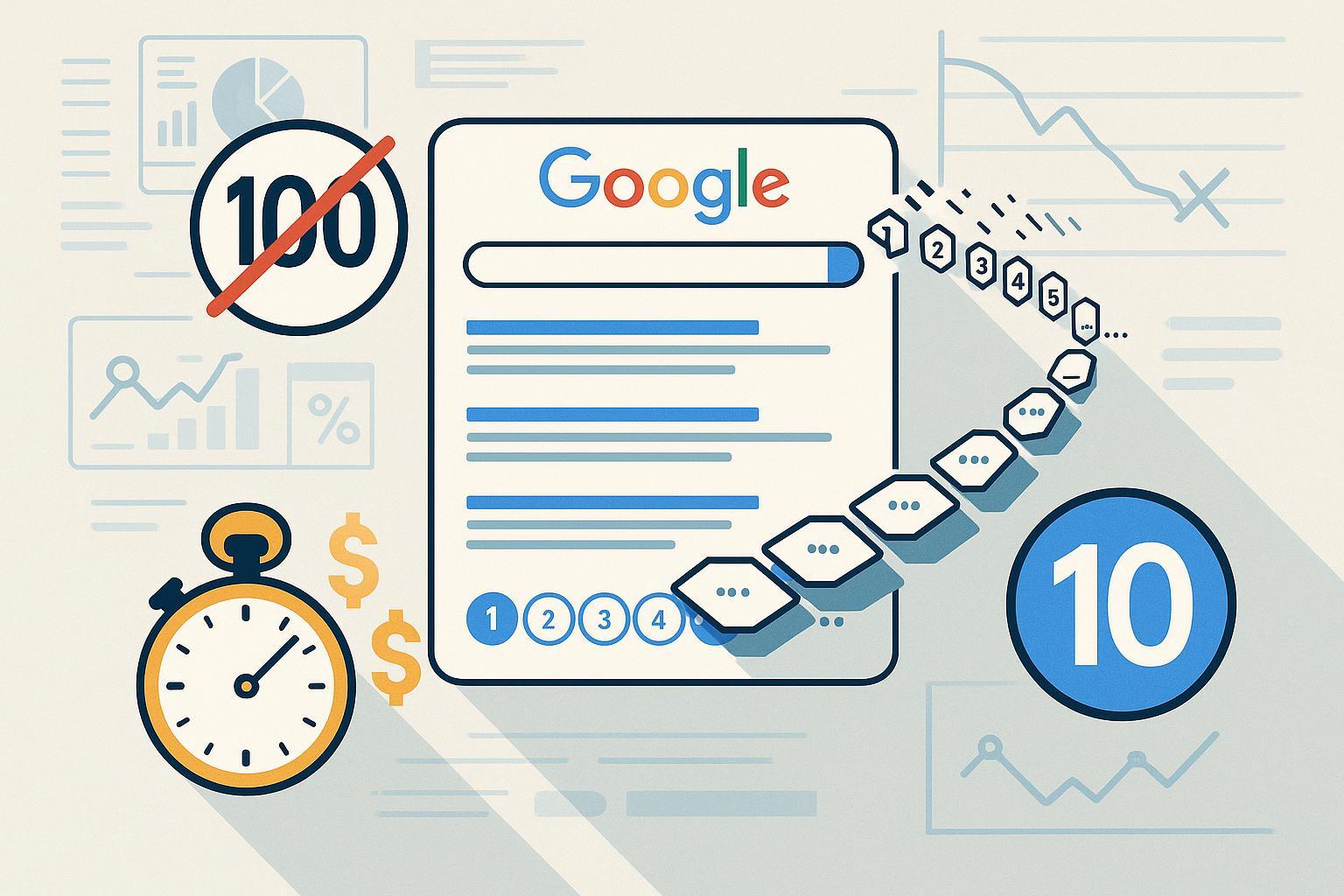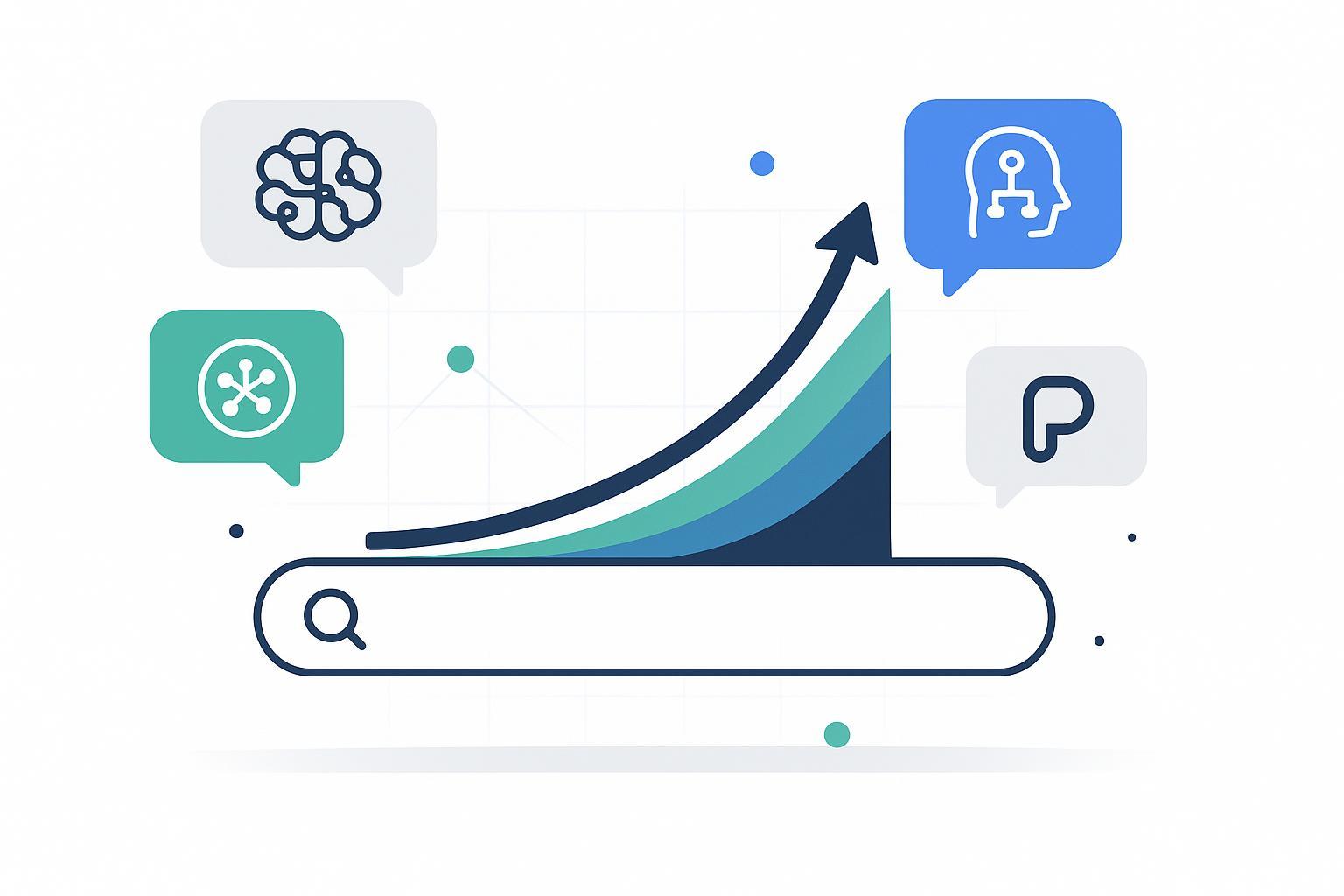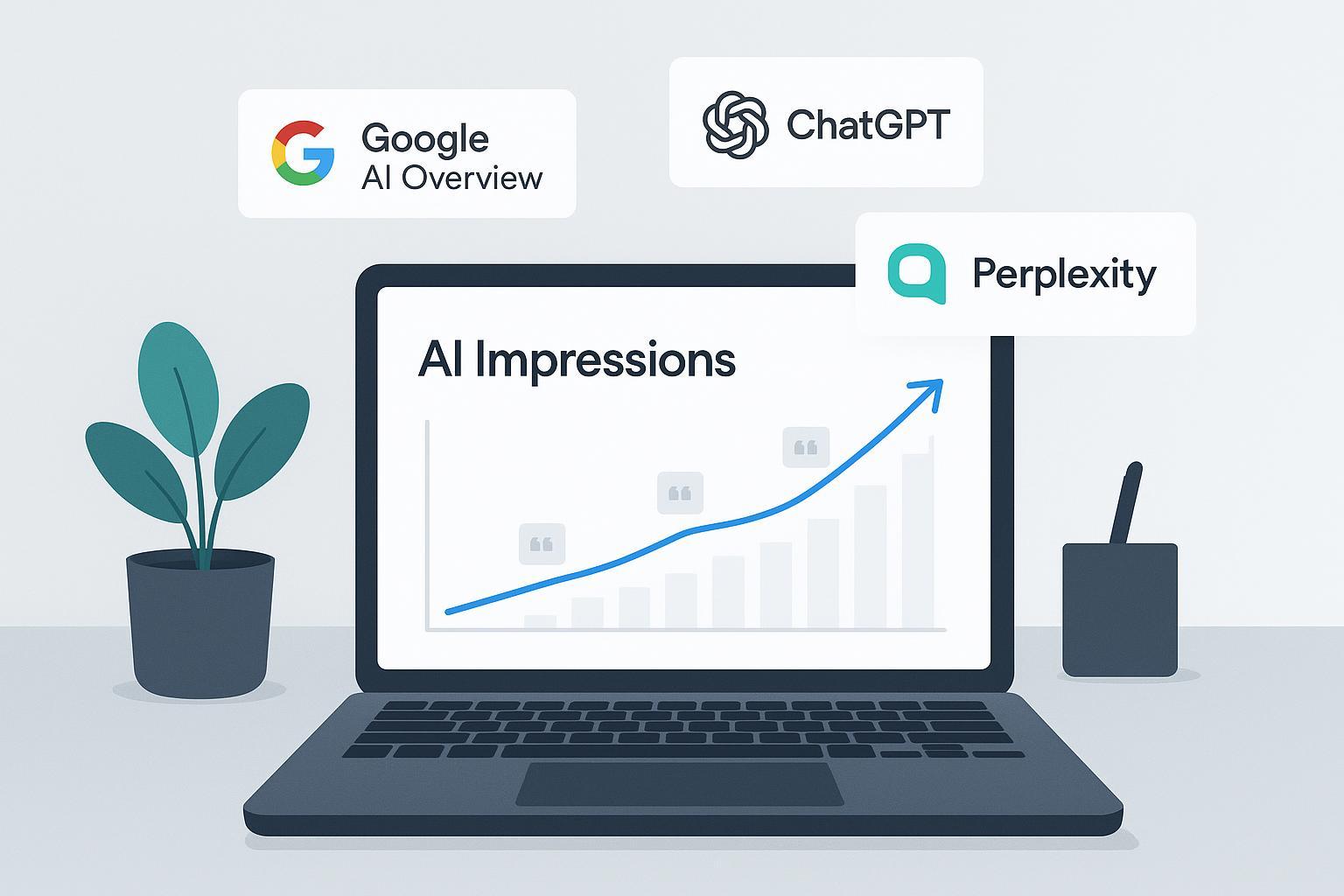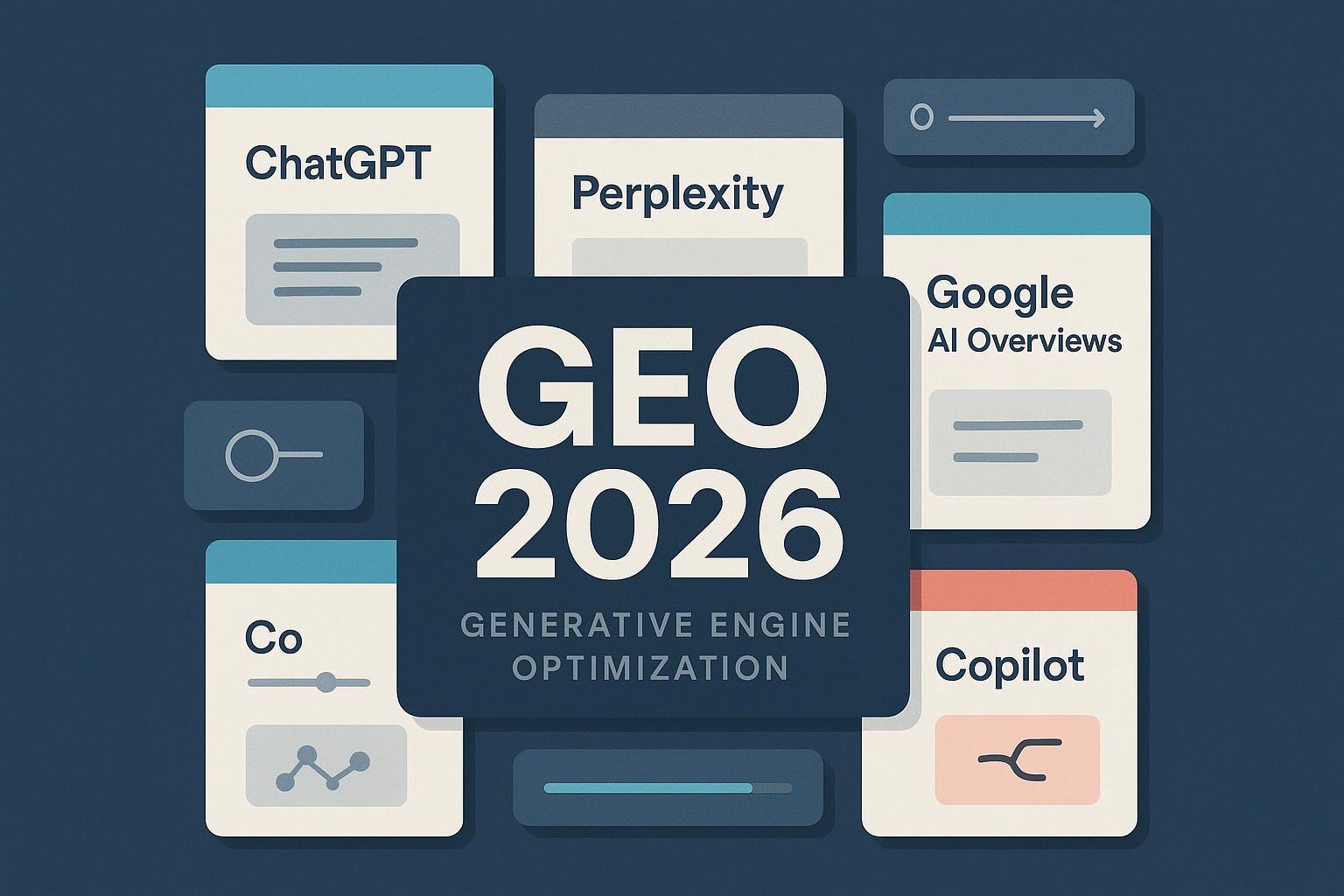Google num=100 Removal 2025: How SERP Cap Breaks SEO Tools
Discover how Google's 2025 num=100 removal disrupts rank trackers, impacts SEO reporting, and see expert steps for marketers to adapt fast.


Updated on 2025-10-03 — This is a fast-moving change. We’ll monitor vendor rollouts and Google clarifications and update guidance as behavior evolves.
Google’s quietly enforced shift in 2025 to cap most result pages at 10 and ignore the old num=100 URL parameter has upended rank tracking and SERP data pipelines. In mid-September 2025, Search Engine Land reported Google confirmed it “does not support the results per page parameter,” a move that explains why third‑party tracking and even some Search Console comparisons suddenly looked off. See the detailed confirmation in the Search Engine Land report from Sept 2025.
Below is a concise, practical guide for SEO managers, agency leads, and marketing ops teams to stabilize reporting and adjust KPIs without panic.
What changed, exactly—and why it matters
- The former shortcut to pull the top 100 results in one shot (num=100) is widely ignored now; most queries return 10 results per page. SerpApi’s engineering notes observed this pattern throughout 2025 and documented it publicly in September, alongside mitigation approaches. See the SerpApi experiments write-up (Sept 2025).
- With fewer results per request, vendors and in‑house scrapers must paginate—up to 10x more fetches per keyword/locale/device to rebuild a top‑100 view. That raises costs, latency, block rates, and error margins.
- Expect noisier week‑over‑week “position” comparisons and divergence across tools, especially on SERPs crowded with features (snippets, packs, video, discussions).
- For context and a background recap, we published an explainer on internal observations and implications in Google Removes num=100 Parameter (2025).
How this breaks tools and dashboards you rely on
- Fetch inflation: Top‑100 depth now takes up to 10 paginated requests per keyword per locale/device; request budgets and rate-limits bite harder.
- Higher friction: More requests trigger more CAPTCHAs and geo/device variance; modeled ranks diverge by vendor.
- Messier comps: Historic baselines assumed easy top‑100 pulls; your “average position” and share-of-voice series may wobble.
- GSC optics: Some marketers reported impressions dipping while clicks stayed level after mid‑Sept 2025—consistent with fewer lower‑SERP impressions being tallied. See the observation by SpicyWeb in their Sept 2025 note on GSC impressions falling overnight.
The marketer playbook: stabilize, adapt, and control costs
- Stabilize reporting and set expectations
- Annotate all rank/visibility dashboards from mid‑Sept 2025 onward: “SERP pagination enforcement—num=100 ignored.”
- Shift KPIs from raw “average position” to:
- Visibility or share-of-visibility indices weighted by impressions/search volume.
- Top‑3/Top‑10 coverage and click share over deep Top‑100 coverage.
- SERP feature presence rate (featured snippet, local pack, video) for target queries.
- Communicate uncertainty bands: ±1–2 positions on volatile SERPs; larger for highly localized queries.
- Choose a resilient data acquisition path
- Vendor API route: Prefer providers that transparently paginate, disclose sampling/error rates, and handle rate-limits gracefully. Some vendors adjusted pricing and depth to reflect 10‑result increments in Sept 2025; see the DataForSEO update on depth and billing (Sept 2025).
- DIY scraping route (caution): Implement respectful pagination with randomized delays and IP hygiene. Track “retrieval completeness” per keyword (e.g., % attempts yielding ≥50 or ≥100 results after pagination). Budget for higher maintenance.
- Hybrid: Use Google Search Console as “source‑of‑truth” for clicks/impressions; complement with sampled SERP snapshots for competitive intelligence.
- Re-architect dashboards and QA
- Separate performance vs. competitive: Keep GSC performance panels distinct from rank snapshot panels.
- Add data quality panels: request counts per keyword, success rate, average latency, % keywords with full top‑100 captured via pagination.
- Normalize for SERP features: Consider pixel visibility or above‑the‑fold occupancy, not just ordinal rank, in feature‑heavy SERPs.
- Budget governance and prioritization
- Forecast request inflation; set monthly caps and prioritize cohorts (money pages, high‑SV terms, strategic categories).
- Rotate tracked cohorts (e.g., 20–30% sampled weekly) to preserve trend detection while reducing cost.
- Track unit economics: spend per successful SERP, per keyword, per locale/device; cut low‑signal queries.
- Practical workflow support
- Planning content and reporting workflows benefit from platforms that pair topic guidance with SERP-aware analytics and collaboration. Tools like QuickCreator support content planning, SERP/topic insights, and SEO-friendly publishing while rank data remains noisy. Disclosure: QuickCreator is our product.
- For agile process changes, see our playbook on 30% faster AI content marketing campaigns (2025), which covers sprint cadences, stakeholder updates, and QA checklists you can adapt for SERP volatility.
Compliance and risk guardrails
- Scraping carries legal and platform policy risks. In 2025, Google reiterated restrictions across developer terms. For example, the Gemini API Additional Terms (updated Sept 2025) explicitly prohibit using automated means to collect links to build an index—see the Gemini API Additional Terms (Sept 2025). Consult counsel and prefer compliant APIs and vendor solutions. Document data sources and retrieval methods in client/stakeholder comms and contracts.
What’s next: three scenarios for the next 3–6 months
- Baseline: 10‑result enforcement persists; vendors converge on robust pagination; accuracy improves but unit costs stay higher. SerpApi’s September 2025 posts suggest experimentation is ongoing as vendors adapt; see the earlier SerpApi experiments write-up (Sept 2025).
- Partial rollback: Intermittent allowances for higher counts appear but remain unstable—treat as opportunistic, not foundational.
- Formal guidance: If Google publishes clearer guidance, expect the industry to lean even harder on user-first metrics (clicks, engagement) and blended visibility indices.
Immediate next steps
- Add timeline annotations and uncertainty bands to reports this week.
- Rebalance KPIs toward visibility and feature presence; rebuild dashboards with quality panels.
- Audit budgets; implement cohort rotation and retrieval completeness tracking.
- Review vendor terms and legal posture; avoid aggressive scraping patterns.
- If you need a collaborative content workflow while rank data stabilizes, consider using a planning/publishing platform that helps you prioritize topics and SERP features and keeps stakeholders aligned. We use this approach internally to maintain momentum during measurement shifts.
For a broader tooling perspective while you recalibrate, here’s an overview of alternative AI content tools and how teams integrate them into SERP‑informed workflows: Best 37 AIGC tools for digital content creators (2024).





